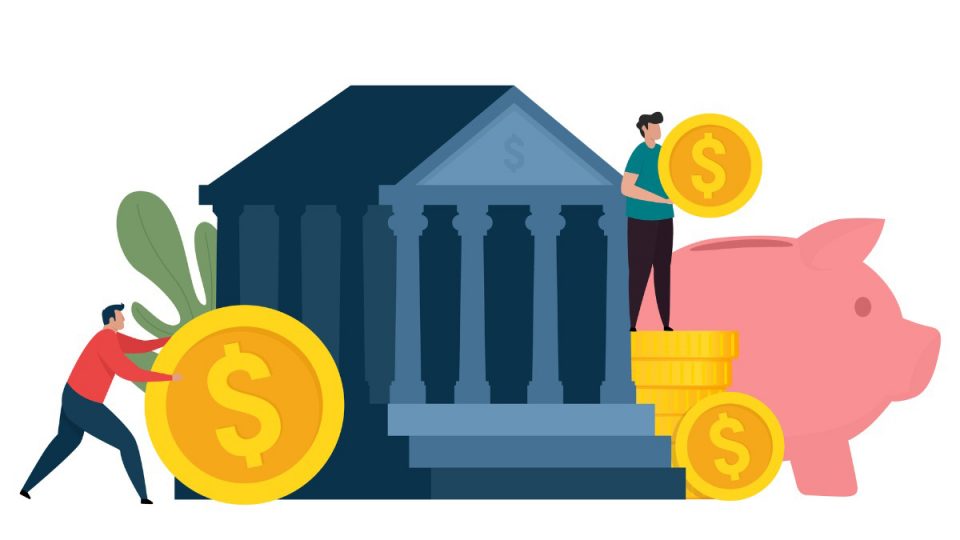Never miss a story — sign up for PLANSPONSOR newsletters to keep up on the latest retirement plan benefits news.
For plan sponsors to implement workplace benefits that meet the needs of the multigenerational workforce, they must first understand what workers want.
Different employees prioritize different benefits, says Kevin Reid, managing principal at OneDigital. Parents may want flexibility to care for children, while Gen Z employees often favor student loan repayment programs and Baby Boomers may seek enhanced retirement benefits.
Knowing what employees want can be the most challenging aspect for organizations, Reid explains.
“A lot of organizations and individuals think that they know what people want or that they understand what [each] generation needs, the newest through the most tenured,” Reid says. “What we tend to find is that when you survey the employees, what they asked for or what they express is of most interest for them is different than what organizational leaders often believe it to be. The biggest challenge is first the knowing, and then the second challenge quickly becomes, ‘What do we do about it?’”
Survey Says
Workers and management should be surveyed separately, and the questions should diverge. Questions for workers should center on the resources that employees prioritize at the workplace that help them to perform at their best, Reid says.
He explains that for managers, questions should concern what they are “willing to give.” Some questions must be the same to align expectations, however.
For example, a problem could arise if a survey that asked employees if they would prefer cash gift cards, movie tickets, ice cream socials or an end-of-the-year party didn’t also ask the same of management, Reid explains.
“[If] you failed to ask the leadership what they’re willing to do, and they say we’re absolutely not willing to do gift cards or end-of-the-year party, then it almost doesn’t make sense to ask those questions,” Reid says. Given such a response, “it makes sense to share that feedback with the leadership team and challenge them to reevaluate their perspectives or insights.”
Target Acquired
With plan sponsors challenged to implement benefits for workers of different ages, Reid explains that many employers are examining benefits targeted to cover the workforce across generational lines.
“Many of the hot [benefits] topics of today cover multiple generations,” he says.
Workers early in their career are often most concerned with saving for a house, raising children and paying for college education, whereas mid-career workers are more focused on preparing for retirement, explains David Klimaszewski, partner at law firm Culhane Meadows.
He says that plan sponsors are challenged to effect benefits for a multigenerational workforce because what workers need changes as they age.
“As people age, as you go through life, what you needed at age 25 is completely different from what you’re looking for at age 60,” he says.
Student loan repayment assistance programs are one example of a benefit that can be used by nearly the entire workforce, Reid says. They can be structured by a plan sponsor to go directly to repay debt or in such a way that an employer assigns a portion of the employee’s retirement contribution match to pay down student loan debt.
“That strategy could touch a vast majority of the population,” Reid says. “With a little bit of creativity and some of the resources out there you can touch most people with many of the contemporary needs, from a benefits perspective.”
Different Strokes
Despite there being a moving target for meeting multigenerational workers’ benefit needs, retirement plans and health care also cut across ages, Reid adds.
Klimaszewski notes that health care must be offered in the same form and fashion to every employee, and defined benefit pension plan or defined contribution retirement benefits can be targeted to older workers.
“The same concept still applies, so you can still push a lot of benefits towards the older and longer-term employees,” he says.
Employers can choose to bolster older workers’ retirement readiness with nonelective contributions. IRS rules allow 401(k) plan sponsors to contribute a percentage of employee compensation to an employee’s retirement account, which can match the amount an employee contributes.
“A typical formula for this type of contribution is 4% of pay,” says Klimaszewski. “But DC plans can use a DB type of formula, which takes into account age.”
Say an employee works for a plan sponsor using a DB formula that provides an accrual benefit of 1% of average monthly pay, multiplied by years of service. If that employee has a monthly pay of $5,000 and works for one year, the benefit accrual is 1% of $5,000, multiplied by one, or $50 per month.
“The benefit that accrued during that year was a lifelong payment stream of $50 per month, with payments beginning at age 65 usually,” Klimaszewski adds.
Additionally, in 2022 the IRS allows retirement plan participants age 50 and older to make annual catch-up contributions of up to $6,500 at the end of the calendar year. Participants’ elective deferrals are not treated as catch-up contributions unless these exceed the $20,500 annual DC contribution limit for 2022.
“It’s important that employers challenge the traditional methods of thinking about benefits,” Reid says. “Benefits has gone from long [being] thought of as a red line item or a liability on the balance sheet—no doubt it’s often the second most costly expense that an employer has—but forward-thinking, creative, best in class employers are thinking about that investment as a return: ‘How do we make benefits investments return through retaining current employees, having those current employees reinvest around our sense of purpose and direction? And then how do we have those employees help us attract the best talent in the market?’”






